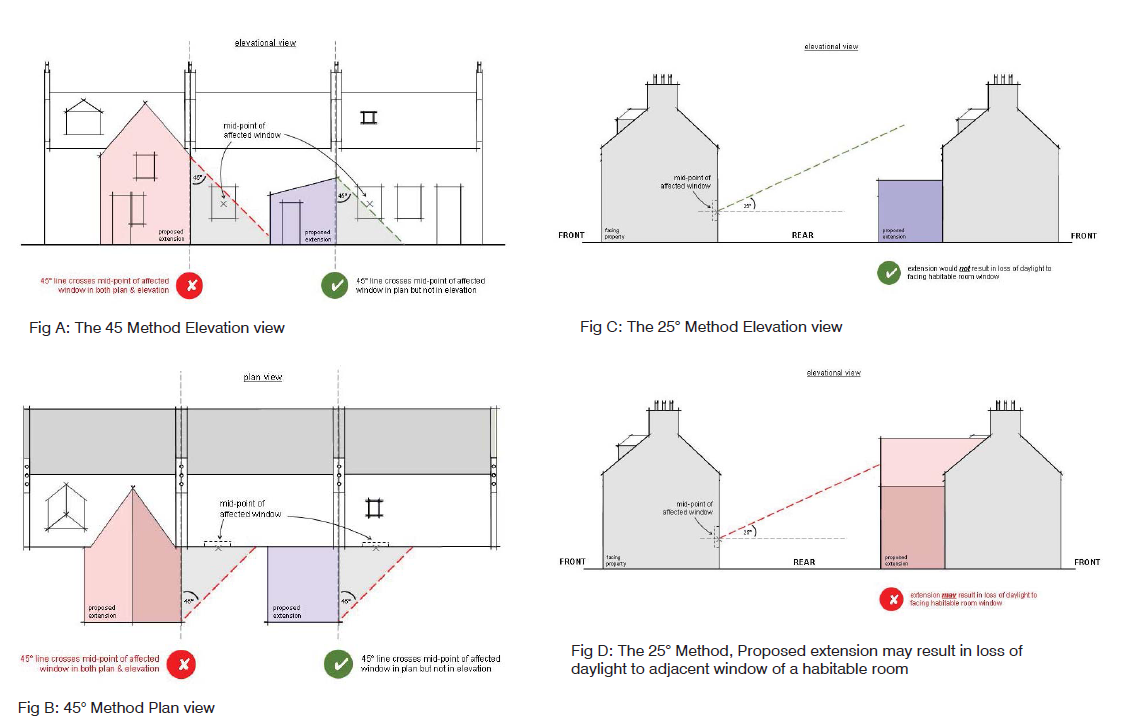Right to Light: Comprehending the Distinctions

Within property development, the balance between the right to light and the right to build can create complex scenarios which need careful navigation. Right to light surveys play a critical role in clarifying the relationship between these rights, particularly in densely populated urban areas where every square foot counts. Grasping the nuances of these rights is vital for developers, homeowners, and legal experts alike, since neglecting right to light can cause significant legal issues and hold up projects.
With cities growing and changing, the importance of natural light in both residential and commercial spaces has attracted considerable focus. This write-up investigates the concept of right to light surveys, exploring their legal foundations, how the surveying is conducted, and what they mean for property development. Through the analysis of case studies and common scenarios, we aim to illuminate the route for developers managing these sometimes disregarded rights, to ensure the safeguarding of their interests in addition to those of adjacent properties.
Understanding Right to Light
The right to light is a legal doctrine that grants real estate holders the entitlement to receive natural sunlight through defined openings in their properties, typically windows. This right has established roots in common law and is designed to safeguard the light entry of currently standing structures against any possible obstructions that new developments may cause. Real estate holders who have experienced a certain amount of light for a specified time may claim this right, and it is crucial for both current property owners and contractors to understand the ramifications of this privilege.

In the UK, the doctrines governing light rights have evolved over a long time, with legislation and judicial precedents helping to shape how these entitlements are recognized and enforced. Generally, this right is established when a property has had clear light for a span of 20 years. The assessment of whether a development violates on someone’s right to light takes into account considerations such as the angle and strength of light that a property get. Contractors must manage these rights cautiously to prevent legal conflicts that can emerge from hindering neighboring properties.
Light right considerations have grown significant in property development, particularly in city areas where space is limited, and buildings are constructed in adjacency to one another. Contractors must engage in thorough assessments and studies to identify any potential impacts on neighboring light rights during the design periods of their developments. Comprehending the details of right to light can finally aid in accomplishing favorable development outcomes while lessening conflicts with nearby property owners.
Legal Consequences and Compliance
Understanding the lawful consequences of light rights is essential for builders and landowners alike. The light rights is a legal easement that provides a property owner the entitlement to obtain sunlight through windows and fenestrations in their structures. If a new construction blocks existing sunlight, it can lead to disputes and possible litigation. https://anotepad.com/notes/b5kcpibb to comply with right to light regulations can result in expensive litigation and delays in project timelines.
When it comes to adherence, developers must ensure that their projects comply to set rules and guidelines concerning light permissions. This includes performing thorough right to light surveys before starting any construction. By obtaining a detailed assessment, developers can identify potential issues early and reduce risks associated with obstructing a neighbor's sunlight. Failing to address these matters during the planning phase can endanger not only the development's outcome but also result in significant financial repercussions.
Integrating right to light evaluations into the development process is crucial for preventing law-related conflicts. Awareness of the legal landscape related to light rights and the steps required for adherence can foster positive relationships with neighboring properties. Consulting with legal experts and depending on professional light rights reports ensures that projects are not only in accordance but also considerate of existing entitlements, ultimately facilitating easier development implementation.
Procedure and Case Studies
The process of performing a Right to Light assessment generally starts with an initially evaluation of the site and its surroundings. Surveyors assess current light conditions and identify potential issues that could arise due to new developments. This involves measuring the angle of sunlight and determining the amount of daylight available to neighboring properties. Utilizing specific tools and techniques, such as sunlight and daylight modeling, surveyors gather crucial data that guides their analysis and outcomes.
Case studies reveal the challenges developers face when dealing with Right to Light issues. For my latest blog post , in a dense urban setting, one particular case involved a developer whose proposed building blocked a neighbor's ability to light, resulting in significant objections. To tackle this, the developer commissioned a detailed Right to Light survey, which showed the extent of the light infringement. This proactive approach facilitated negotiations that ultimately led to design alterations, allowing the project to continue while reducing impact on neighboring properties.
Another example demonstrates how a developer effectively resolved a Right to Light dispute involving a historic building. By involving experts and following the BRE guidelines, the developer was able to implement strategies that honored the light rights of current structures. The partnership not only produced a successful development but also demonstrated the importance of early Right to Light evaluations in avoiding costly legal battles and ensuring positive community relations.
